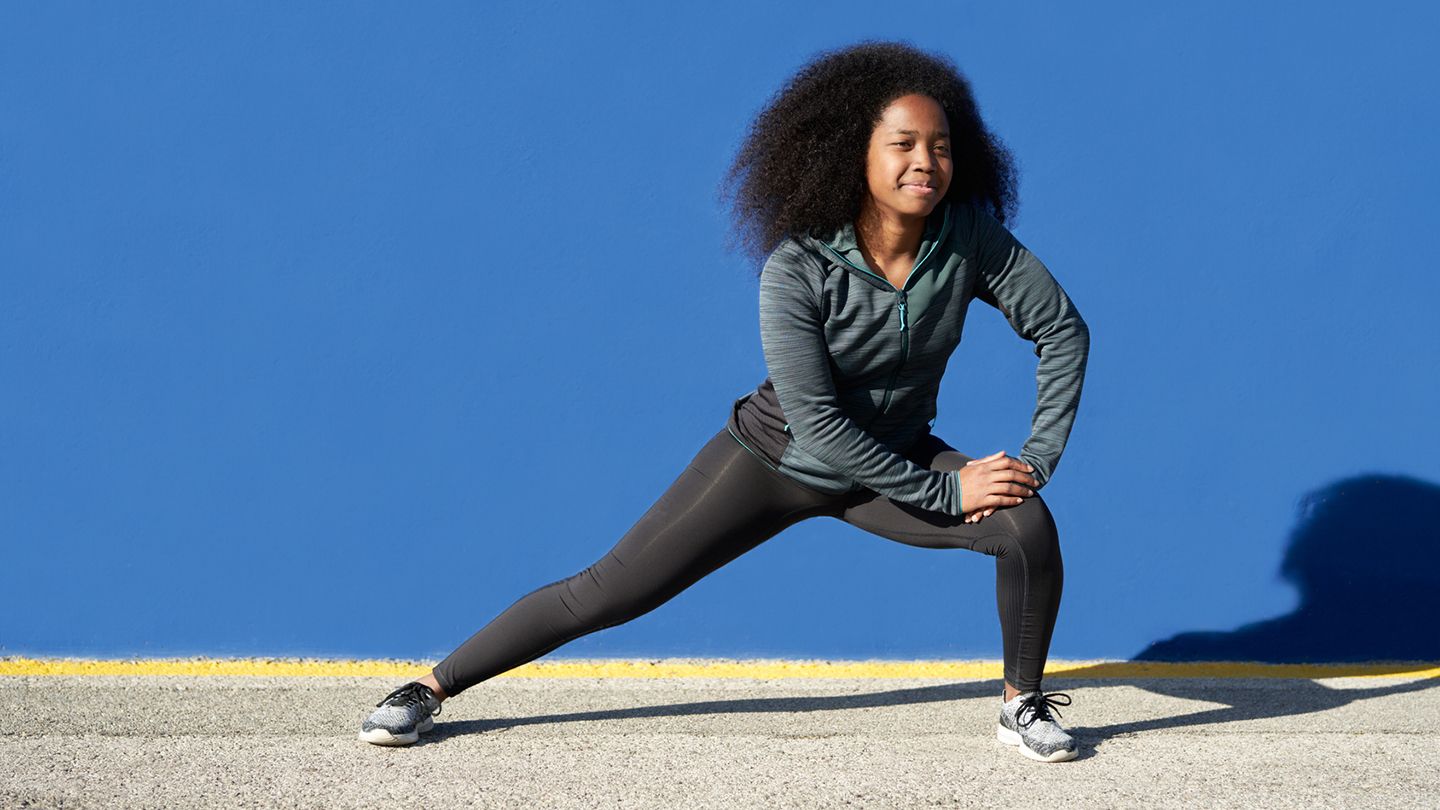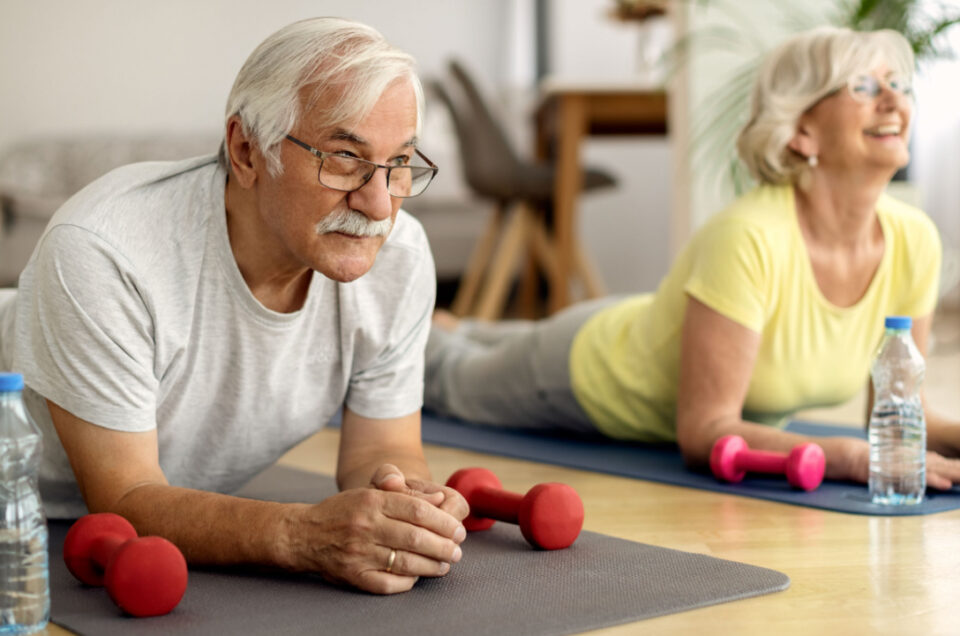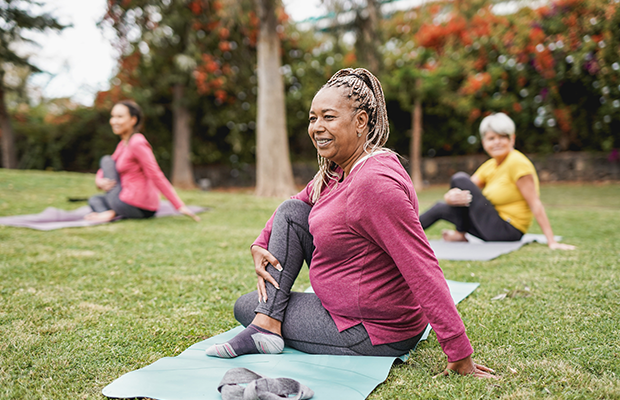Atrial fibrillation, an irregular heart rhythm condition, may make some worry about safe exercise options. However, physical activity is actually encouraged for managing AFib symptoms and improving cardiovascular health. In this blog post, we share the 15 best exercises for those living with atrial fibrillation. From low-impact workouts like walking and swimming, to strength training and yoga, we’ll cover a variety of exercise modes that can help regulate heart rate, reduce stroke risk, and promote overall better physical conditioning with AFib.

Contents
15 Best Exercises For Atrial Fibrillation
When managing atrial fibrillation (AFib), exercise is crucial. Here are some of the best exercises suited for individuals with AFib:
1. Walking:
Walking is a highly recommended exercise for individuals with atrial fibrillation. It’s low-impact, easily adjustable to your fitness level, and can be done anywhere. Regular walking improves cardiovascular health, helps control weight, and reduces stress, all of which are beneficial for managing atrial fibrillation. Aim for at least 30 minutes of brisk walking most days of the week.
2. Yoga:
Yoga combines physical postures, breathing exercises, and meditation to enhance overall health. It’s particularly effective for atrial fibrillation patients due to its stress-reducing benefits and the ability to improve heart rate variability. Practicing yoga regularly can help manage symptoms, improve heart function, and reduce the risk of arrhythmia episodes.
3. Swimming:
Swimming is an excellent cardiovascular exercise that puts minimal stress on the joints. It improves heart and lung capacity while being gentle on the body. For those with atrial fibrillation, swimming in a relaxed pace can help maintain a healthy heart rhythm, strengthen the heart muscle, and improve endurance without overexerting.
4. Cycling:
Cycling, whether stationary or outdoor, is a fantastic way to boost heart health without significant impact on the joints. It helps in weight management, lowers blood pressure, and improves leg strength and cardiovascular endurance. Adjust the intensity to suit your fitness level to avoid triggering atrial fibrillation episodes.
5. Strength Training:
Strength training with light weights or resistance bands can enhance muscle strength, improve metabolic rate, and contribute to overall cardiovascular health. Focus on low to moderate intensity and avoid holding your breath during exercises to prevent increases in blood pressure and heart strain.
6. Pilates:
Pilates focuses on core strength, flexibility, and overall body conditioning. It’s particularly beneficial for atrial fibrillation patients due to its emphasis on controlled breathing and movements, which can enhance cardiovascular health, reduce stress levels, and improve physical strength without putting too much strain on the heart.

7. Tai Chi:
Tai Chi is a form of martial arts known for its health benefits, including stress reduction, improved balance, and enhanced cardiovascular health. The gentle, flowing movements are ideal for individuals with atrial fibrillation, helping to maintain a steady heart rate and improve quality of life.
8. Elliptical Training:
Elliptical machines provide a good cardiovascular workout with low impact on the joints. They are effective for heart health, promoting weight loss, and improving stamina. People with atrial fibrillation can benefit from the adjustable resistance and speed, allowing for a controlled and safe workout.
9. Rowing:
Rowing is a comprehensive exercise that works various muscle groups, improves cardiovascular fitness, and enhances endurance. It’s low-impact and can be adjusted to fit your fitness level. For those with atrial fibrillation, rowing at a moderate pace can help maintain a healthy heart rhythm while building strength.
10. Hiking:
Hiking in nature is not only good for physical health but also beneficial for mental well-being. It provides a cardiovascular workout, strengthens the muscles, and reduces stress. Choose trails that match your fitness level to enjoy the benefits without overexertion.
11. Dancing:
Dancing is a fun and effective way to improve cardiovascular health, flexibility, and balance. It can be tailored to your abilities and preferences, making it an enjoyable activity for individuals with atrial fibrillation. Regular dancing helps maintain heart rhythm, reduce stress, and promote a healthy weight.
12. Golfing:
Golfing provides moderate physical activity, especially when walking the course. It’s a low-impact exercise that involves walking, swinging, and carrying the golf bag, contributing to cardiovascular health and endurance without putting too much strain on the heart.

13. Gardening:
Gardening is a therapeutic activity that offers moderate physical exercise. Digging, planting, weeding, and other gardening tasks improve flexibility, strength, and endurance. It also reduces stress and promotes a sense of well-being, which is beneficial for managing atrial fibrillation.
14. Nordic Walking:
Nordic walking involves walking with specially designed poles to engage the upper body. It increases cardiovascular workout intensity without significant impact, improves heart health, and enhances muscle strength. This exercise is suitable for atrial fibrillation patients looking for a full-body workout.
15. Aerobic Classes:
Low-impact aerobic classes are designed to increase heart rate and improve cardiovascular health without stressing the joints. These classes can be modified to suit individuals with atrial fibrillation, offering a community aspect that can motivate and support maintaining a regular exercise routine.
How To Exercise When You Have Atrial Fibrillation?
When it comes to exercising with atrial fibrillation (AFib), safety is key. Here’s how you can start incorporating physical activity into your routine:

- Start Slow: Begin with low-impact exercises like walking or swimming. These activities are gentle on your body and help improve cardiovascular health without putting too much strain on your heart.
- Consult Your Doctor: Before embarking on any exercise program, it’s important to speak with your healthcare provider. They can provide personalized recommendations based on your health condition and fitness level.
- Listen to Your Body: Pay attention to how your body responds to exercise. If you experience discomfort, shortness of breath, or dizziness, stop immediately and seek medical advice.
- Stay Consistent: Establish a regular exercise routine to manage AFib effectively. Consistency is key to reaping long-term benefits for your heart health.
- Explore Different Activities: Variety is essential in keeping your workouts engaging. Consider yoga, cycling, or strength training to add diversity to your exercise regimen.
Frequently Asked Questions
What are some safe exercises for individuals with atrial fibrillation (AFib)?
Low-impact exercises like walking, swimming, and cycling are good options for individuals with AFib. It’s essential to consult a healthcare provider before starting any exercise regimen to ensure safety.
Can yoga or strength training be beneficial for individuals with AFib?
Yes, activities like yoga and strength training can be beneficial for individuals with AFib. It’s important to start slowly, listen to your body, and choose exercises that don’t overly strain the heart.
How frequently should individuals with AFib exercise?
Consistency is key when exercising with AFib. Aim for regular, moderate exercise sessions throughout the week while paying attention to any signs of discomfort or increased heart rate.
Is it safe to engage in physical activity with AFib?
Exercising with AFib can be safe and beneficial for overall health and well-being when done correctly. Always follow your healthcare provider’s recommendations and monitor your body’s response to exercise.

Hello, I’m Ravindra. Over the years, I’ve immersed myself deeply into the world of fitness and health, transforming both my body and mind. Writing has allowed me to share my journey, insights, and expertise with those just starting out and seasoned fitness enthusiasts alike. Beyond just routines and diets, I believe in inspiring others to adopt a holistic approach to well-being.
